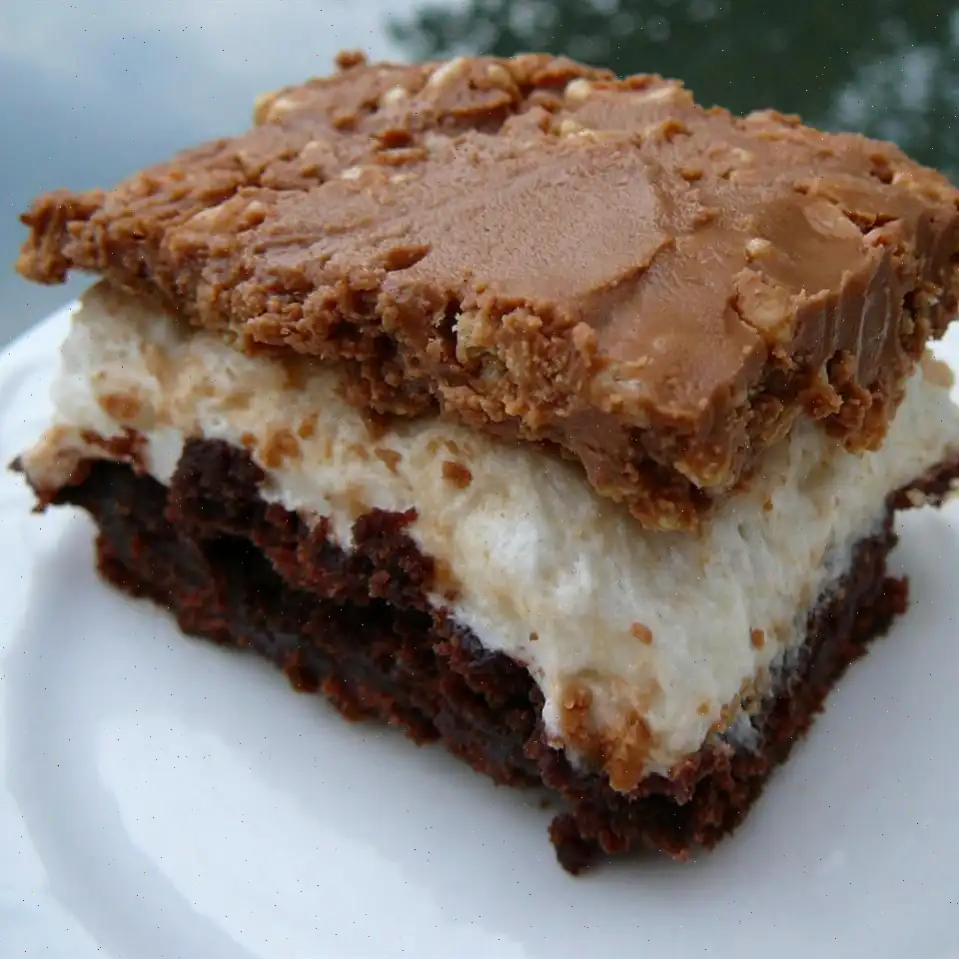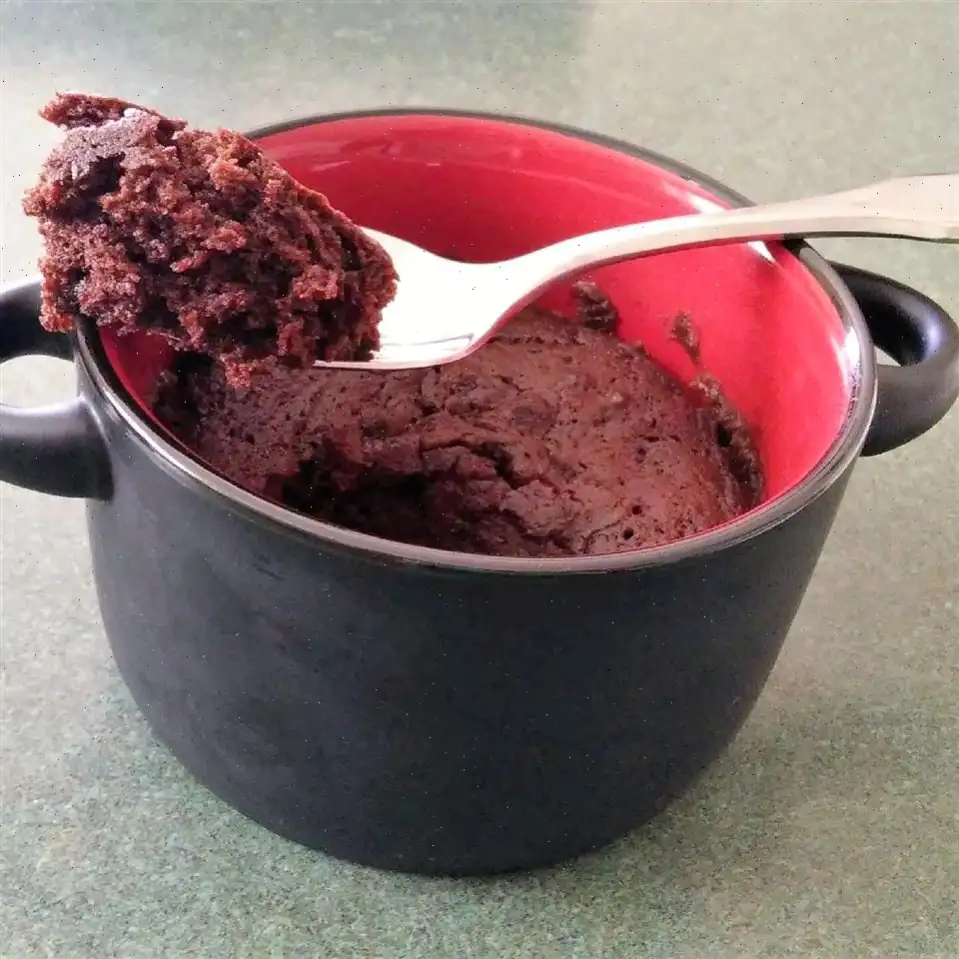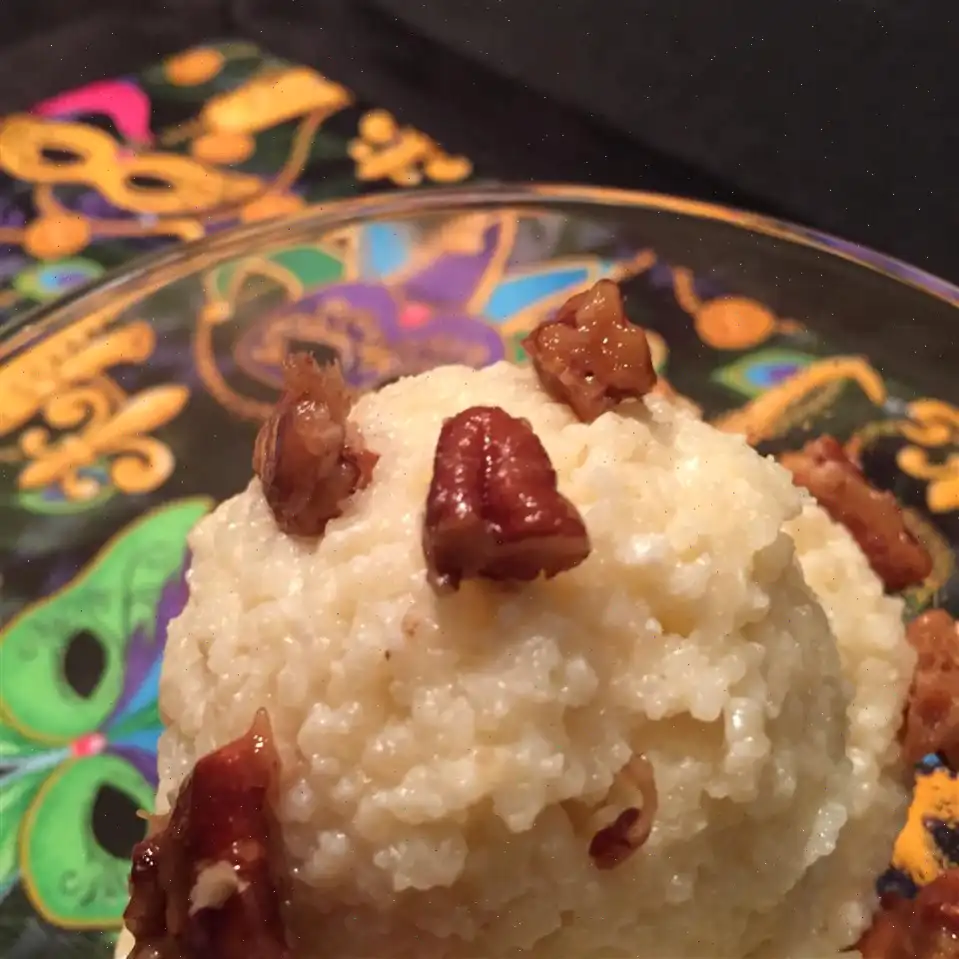
Mini Lemon Tarts Recipe
Original recipe (1X) yields 6 servings
Ingredients
Lemon Filling:
- 1 cup white sugar
- cup freshly squeezed lemon juice
- 3 large eggs
- 3 tablespoons all-purpose flour
- 1 tablespoon lemon zest
Shortbread Crust:
- 2 cups all-purpose flour
- 1 cup unsalted butter, softened
- cup white sugar
- teaspoon kosher salt
Directions
Step 1: Preheat the oven to 350F (175C).
Step 2: To make the lemon filling, combine the sugar, lemon juice, eggs, flour, and lemon zest in a large mixing bowl. Whisk everything together until fully blended. Set the filling aside.
Step 3: To make the shortbread crust, place the flour, butter, sugar, and salt into the bowl of a food processor. Pulse the ingredients several times until the dough begins to form a ball.
Step 4: Divide the dough into 6 equal portions. Press each portion into the bottom and up the sides of a nonstick 6-cup mini tart pan.
Step 5: Spoon the prepared lemon filling into each tart crust, dividing it evenly between the 6 tart shells.
Step 6: Place the tarts in the preheated oven. Bake for 25 to 30 minutes, or until the filling is set and the crust is lightly browned.
Step 7: Allow the tarts to cool on a wire rack until they reach room temperature.
Step 8: Optionally, garnish each tart with fresh berries and a light dusting of confectioners' sugar for added color and flavor contrast.
Nutrition Facts (per serving)
- Calories: 670
- Total Fat: 34g (43% Daily Value)
- Saturated Fat: 20g (100% Daily Value)
- Cholesterol: 174mg (58% Daily Value)
- Sodium: 146mg (6% Daily Value)
- Total Carbohydrate: 86g (31% Daily Value)
- Dietary Fiber: 1g (5% Daily Value)
- Total Sugars: 51g
- Protein: 8g (16% Daily Value)
- Vitamin C: 6mg (7% Daily Value)
- Calcium: 33mg (3% Daily Value)
- Iron: 3mg (14% Daily Value)
- Potassium: 109mg (2% Daily Value)
* Percent Daily Values are based on a 2,000 calorie diet. Your daily values may be higher or lower depending on your calorie needs.

The Story Behind Mini Lemon Tarts
Mini lemon tarts have a rich history rooted in European pastry traditions, particularly from France and Italy, where citrus-based desserts have been cherished for centuries. The tart as a concept dates back to the Middle Ages, initially featuring a simple pastry crust filled with fruit preserves or custard. The modern lemon tart, with its delicate balance of sweet and tangy flavors, gained popularity in the 19th century among French patisserie chefs who refined the custard filling and perfected the buttery shortcrust. Mini versions emerged as bite-sized delights suitable for afternoon teas and formal gatherings, combining elegance with convenience.
Regional Variations and Characteristics
While the classic French lemon tart uses a pte sucre crust and a smooth lemon custard, regional variations exist across Europe and North America. In Italy, lemon tarts may incorporate a touch of limoncello in the filling, giving a distinctive aromatic quality. In the United States, mini lemon tarts often feature a shortbread crust that adds a firmer, buttery base, and they are sometimes topped with whipped cream or fresh berries for added visual appeal. Each region emphasizes subtle differences in crust texture, sweetness, and presentation style, reflecting local tastes and ingredient availability.
Differences From Similar Desserts
Mini lemon tarts differ from other citrus desserts like lemon bars or lemon meringue pies in several ways. Unlike lemon bars, which are baked in a single sheet and cut into squares, mini tarts are individual servings with a fully enclosed crust. Lemon meringue pies, on the other hand, are typically larger and feature a fluffy meringue topping, whereas mini lemon tarts focus on the pure lemon custard flavor without additional layers. This makes them more refined and visually appealing for serving at formal events.
Common Places to Enjoy Mini Lemon Tarts
Mini lemon tarts are a popular choice at a variety of social settings. They are frequently served at tea parties, brunches, weddings, and holiday gatherings, where their small size and bright flavor make them a versatile dessert option. Upscale restaurants often feature them as part of a dessert platter, and pastry shops sell them individually as a gourmet treat. Their portable size also makes them a favorite for picnics and catered events.
Interesting Facts and Tips
One fascinating fact about mini lemon tarts is that the acidity of lemon juice actually helps set the custard without requiring additional thickening agents beyond eggs and a small amount of flour. Another tip: garnishing with fresh berries or a light dusting of powdered sugar not only enhances the flavor but also adds an elegant visual contrast. Lemon zest, often included in the filling, intensifies the aromatic citrus notes and makes the dessert more fragrant. Additionally, mini lemon tarts pair beautifully with tea, coffee, or sparkling wine, making them a versatile choice for various occasions.







